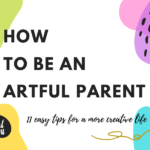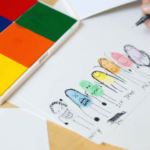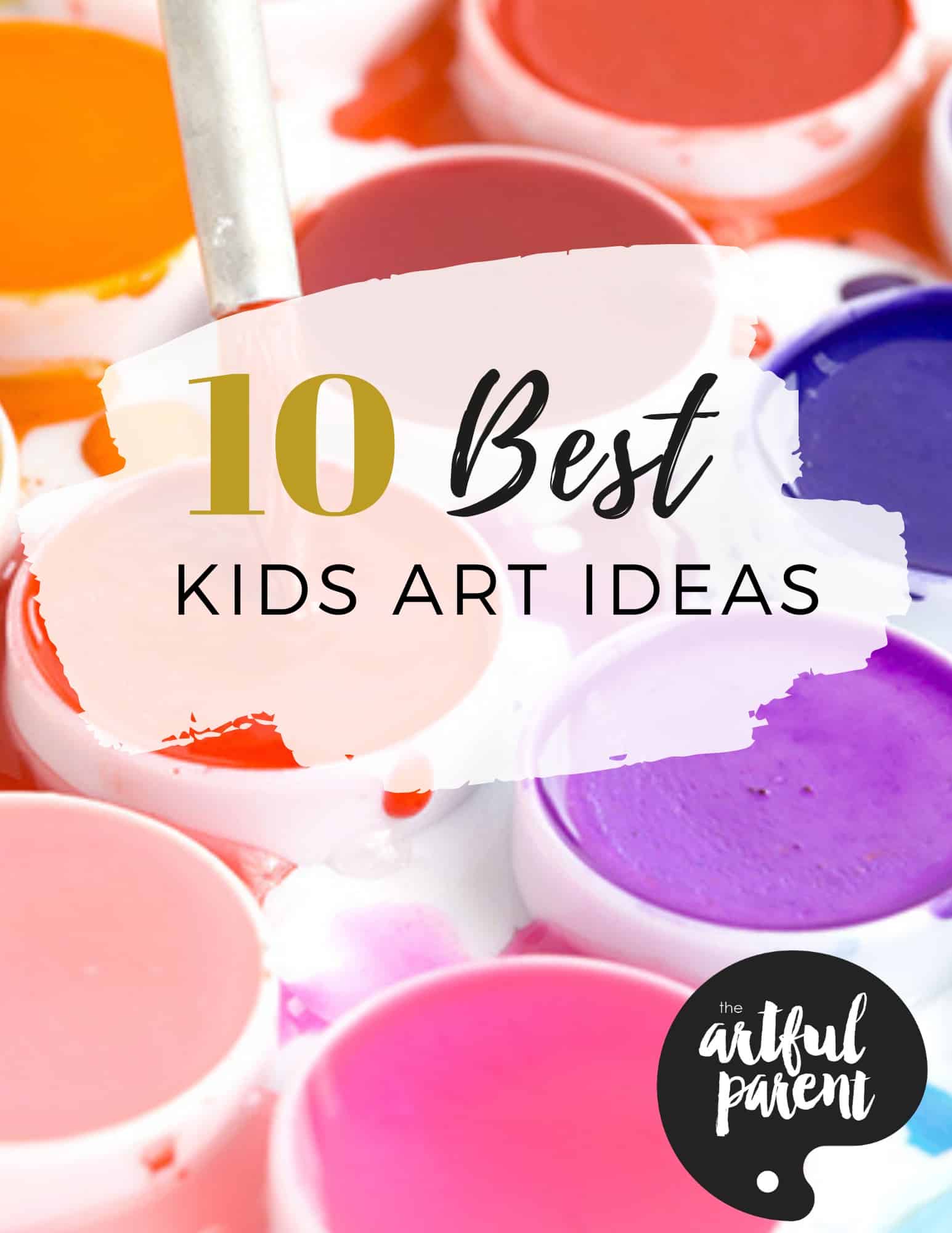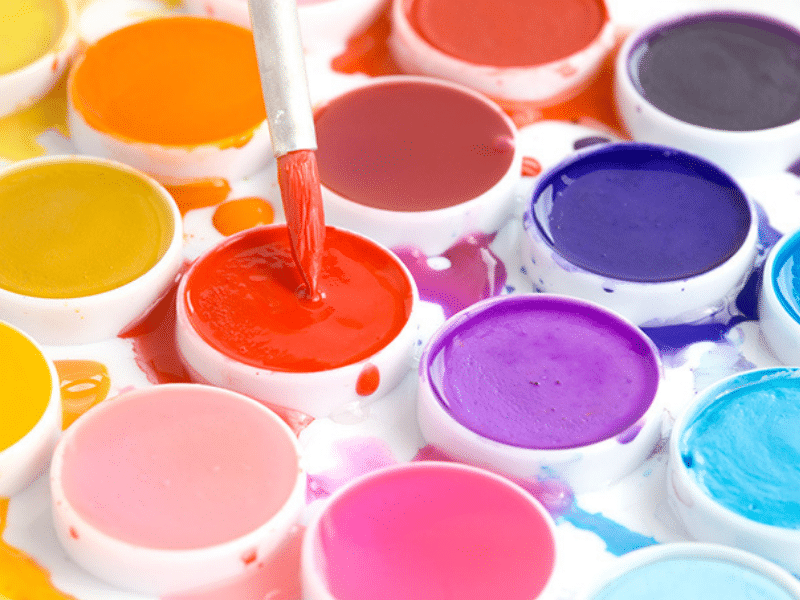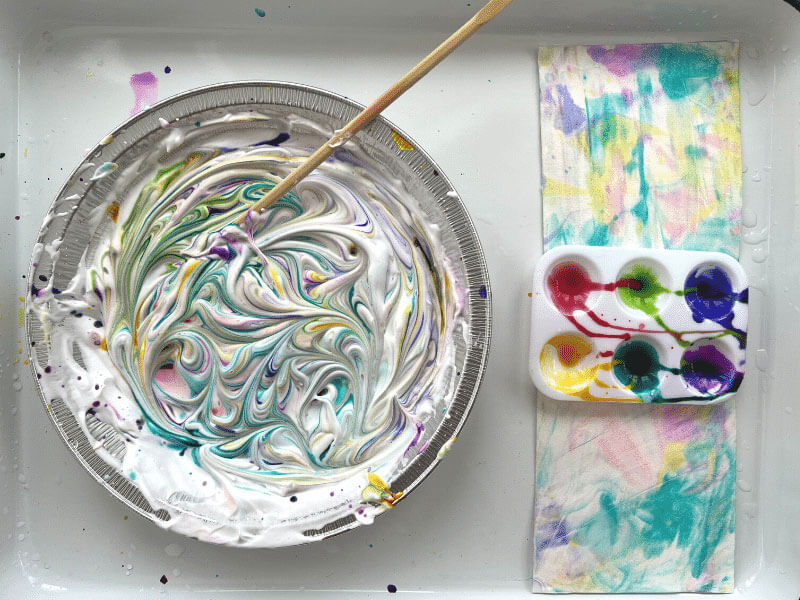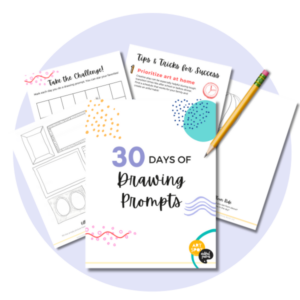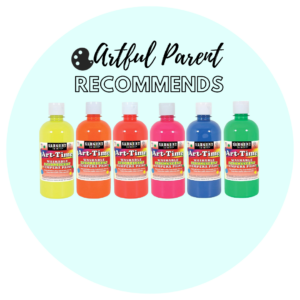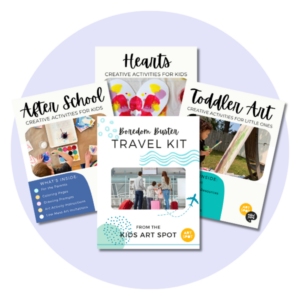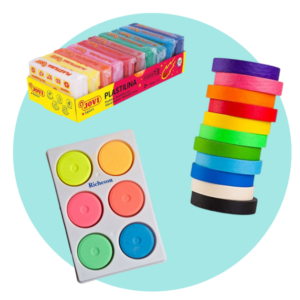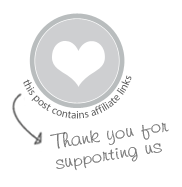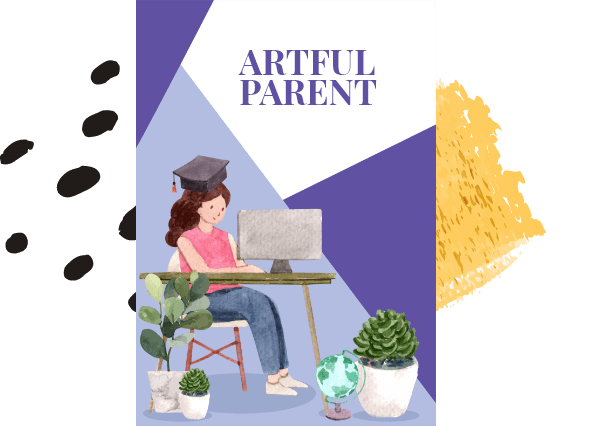The benefits of arts for kids are many and include problem-solving abilities, creativity, literacy, fine & gross motor skills, connection, and understanding.
Updated July 2023
Everyone says art and creativity are important, but are you wondering what the actual benefits of arts for kids are?
Here are some of the many ways that art benefits kids of all ages!

What are the Benefits of Art?
Excerpted from The Artful Parent: Simple Ways to Fill Your Family’s Life with Art & Creativity, © 2021 by Jean Van’t Hul. Reprinted by arrangement with Roost Books, an imprint of Shambhala Publications Inc., Boston, MA.
Educators tell us that art encourages fine motor skills, neural development, and problem-solving abilities and that it can be used effectively to teach and understand other key subjects such as reading, writing, math, and science.
Therapists tell us that art is valuable because it allows children to process their world, to deal with sometimes scary emotions in a safe way, and because it gives them critical sensory input.
Artists tell us that art is important for its own sake—as a source of beauty and expression, as well as simply for the process of creating.
Kids tell us that art is fun, an activity they enjoy.
Parents tell us that art is vital to their families because it keeps everyone engaged and happy and helps with the sometimes difficult transitions of the day.

Art is naturally linked to creativity, an attribute that is increasingly being touted as one of the most important factors for the success of individuals, organizations, and cultures.
The truth is that art is vital, if somewhat intangible, and that if children engage in hands-on art activities, they learn much better in all disciplines.
Why Kids Thrive When They Make Art
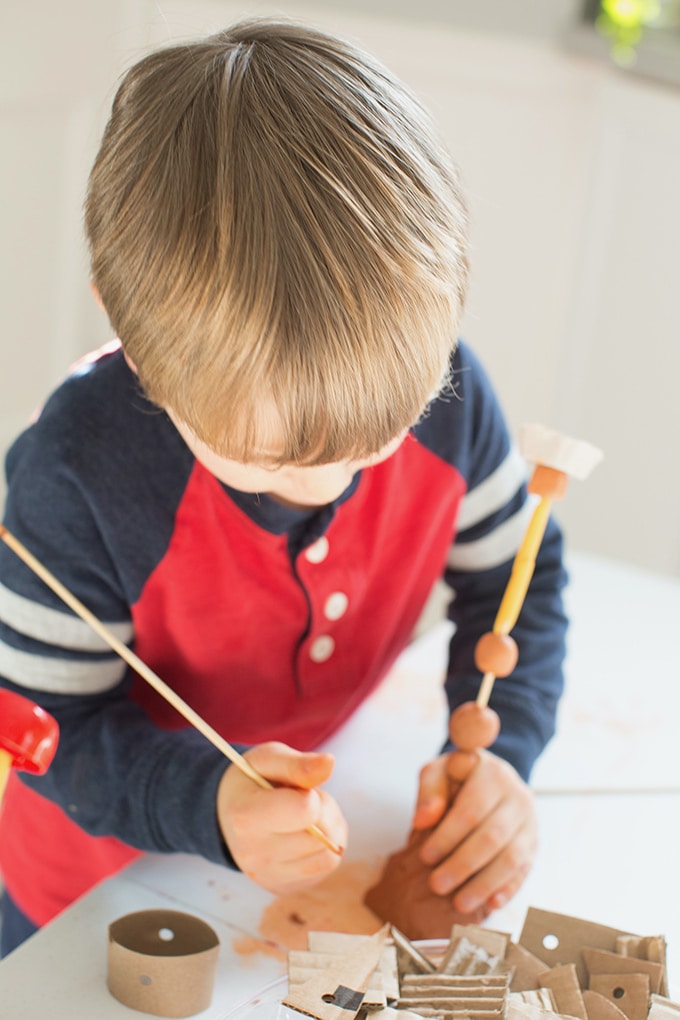
1. Art promotes creativity.
Creativity is the ability to think outside the proverbial box, to string two unrelated ideas together in a new way. Solutions to major problems and breakthroughs of all kinds are linked to creativity.
The ability to be creative is vital to the success of our children and the well-being of our world. Now, more than ever, as we face incredible challenges such as racial discord, wars, global warming, and mass extinctions. Individuals, organizations, and governments seek innovative solutions every day.
According to the International Child Art Foundation, “Research indicates that a child who is exposed to the arts acquires a special ability to think creatively, be original, discover, innovate, and create intellectual property—key attributes for individual success and social prosperity in the twenty-first century.”
The world needs more and better thinkers.

2. Art encourages neural connections.
Art is an activity that can employ all the senses––sight, sound, touch, smell, and taste––depending on the activity. Children’s brain synapses fire away as they experiment and create by squishing paint between their fingers, mixing colors & materials, or drawing from imagination or what they see in front of them.
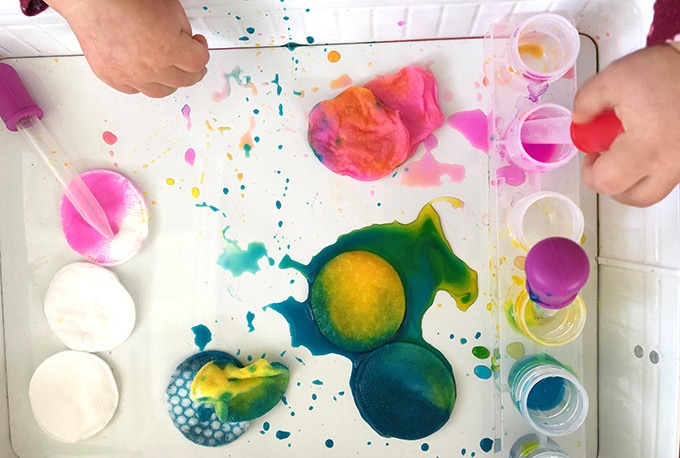
3. Art builds fine motor skills.
Gripping a paintbrush, drawing dots and lines, mixing colors, cutting with scissors, controlling a glue stick or squeezing a glue bottle, kneading and rolling playdough, tearing paper—all of these tasks require increasing amounts of dexterity and coordination, yet they are so fun and rewarding that children want to do them over and over. As kids engage in art activities over time, their fine motor skills improve.
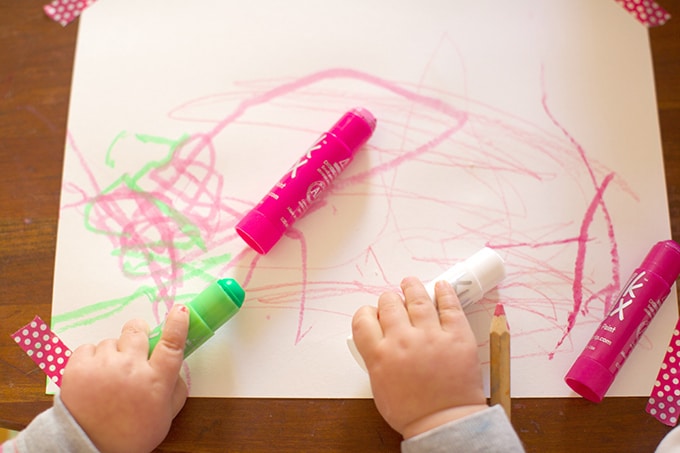
4. Scribbling is a precursor to writing.
Babies and toddlers begin by scribbling randomly, back and forth. But the more they scribble, the more they are able to control the crayon and its movements across the paper.
As children learn to control their scribbling, they make a wider variety of shapes, eventually making all the shapes necessary to write the letters of the alphabet—any alphabet.

5. Art develops problem-solving abilities.
Open-ended, process-oriented art is nothing but an endless opportunity for making choices, coming to conclusions, second-guessing decisions, and evaluating results.
Children become more comfortable with uncertainty and remain flexible thinkers, which is key for creativity and confidence. And the more experience they have with a variety of materials and techniques, the more likely they are to try new combinations and ideas.
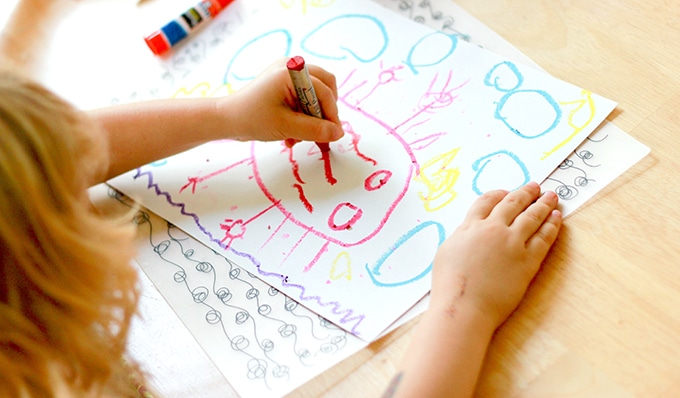
6. Art helps kids understand themselves and their world.
Children absorb incredible amounts of new information, and they need to process what they have learned in a safe, reflective way. Art allows them to explore feelings and deal with both daily and significant events.
Art materials provide a safe outlet for emotions. Feelings and ideas can be reduced to a manageable size and manipulated as desired. Movement, image, color, line, and imagination all help children express themselves in a multidimensional way. This is a way that words may not be able to do, or that may be more comfortable for them than words.
When we encourage our children to explore art, we encourage them to master themselves, their bodies, and a variety of tools and techniques. We give them many ways to express themselves.
As parents and teachers, we can offer an environment where it is safe to experiment and create. An environment where questions are encouraged and children have free access to the materials they need and enjoy. We do this not to produce career artists but to raise children who are confident and comfortable with their creativity in whatever form in takes.

7. Art helps kids connect.
Art is an equalizer, helping create a common ground for children who don’t know each other and who may or may not be interested in the same things. It can help people of all ages, races, abilities, and even languages engage in a shared (and generally mutually loved) activity.
The path to an art-filled life involves an open mind, a few simple tools, a bit of preparation, and an exploratory approach. It’s a path anyone can take at a pace that suits you and your family.
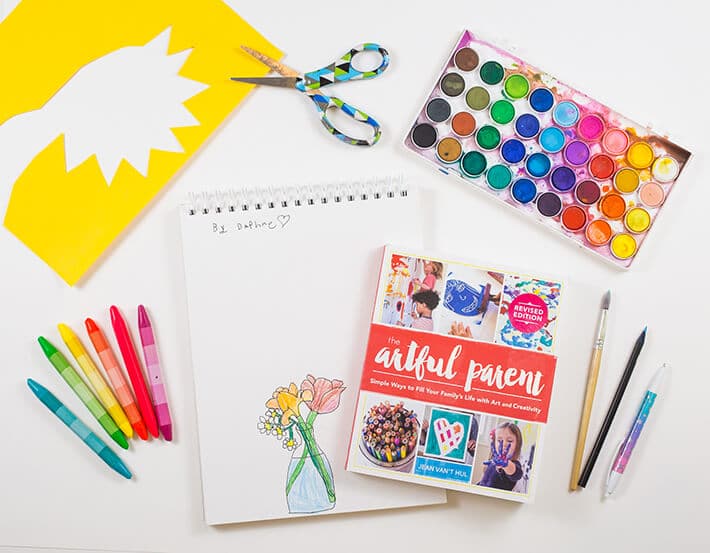

From The Artful Parent: Simple Ways to Fill Your Family’s Life with Art & Creativity, © 2019 by Jean Van’t Hul. Reprinted by arrangement with Roost Books, an imprint of Shambhala Publications Inc., Boston, MA.
The Artful Parent is available for purchase on Amazon, RoostBooks.com, and your favorite local bookstore.

Want help fostering your children’s creativity?
Check out our master class for parents: Artful Parent 101 course! It will guide you through setting up an art space, choosing the best art supplies, incorporating art into your everyday life, using art invitations, and the best ways to encourage creativity.
More about Kids Art & Creativity
- What is Process Art? (Here’s Why It’s Important for Kids)
- How to Be An Artful Parent
- Why Messy Art is Important for Kids
- The Best Kids Art Ideas
- Kids Drawing: How to Encourage Creativity, Skills & Confidence
- What is Sensory Play & Why It’s Important
Want even more creative ideas?
Check out our Artful Parent Starter Pack!
Engage your kids through art and creativity with this printable booklet where you’ll find all of our best tips, tricks, and ideas for getting started on your artful parenting journey!

Pin It for Later
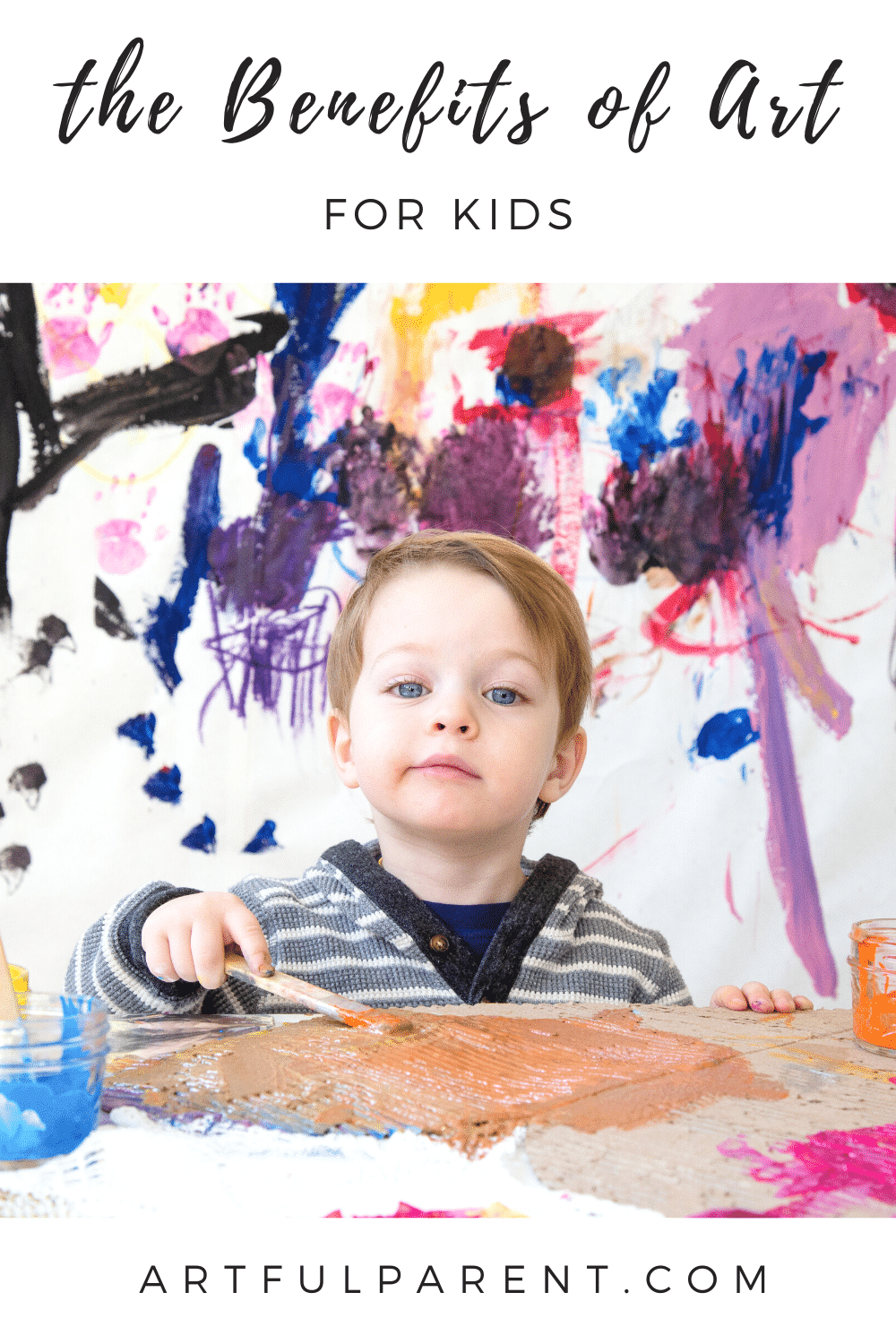
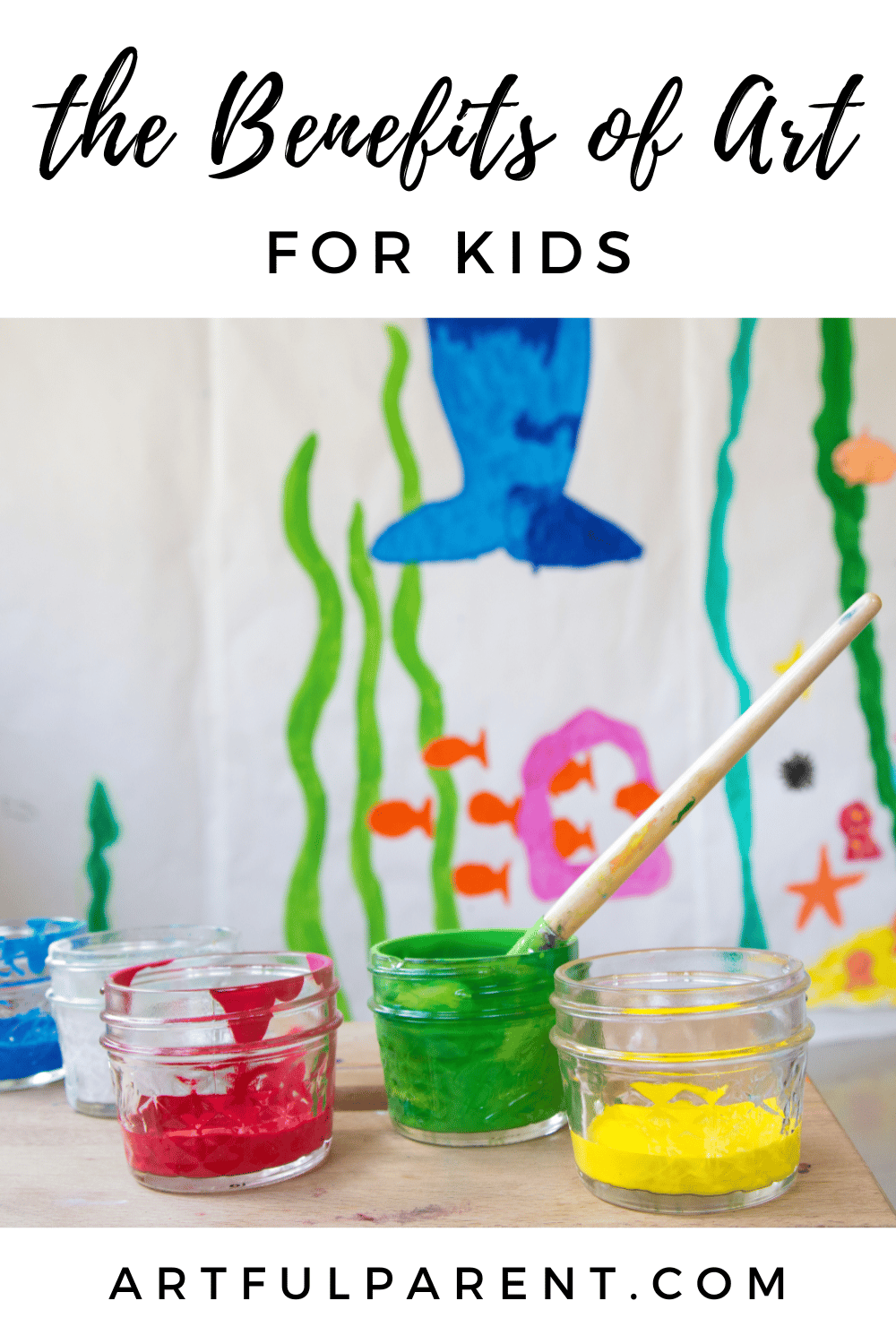

Related Posts
-
How to Be an Artful Parent
How to be an artful parent. Here are 11 ways to be the artful parent…
-
The Art of Strewing for Kids
Strewing is the art of casually yet strategically leaving art and learning invitations out for…
-
5 Must Have Art Supplies for Beginners
Here's the short list of art supplies for beginners that kids just can't live without!…
-
Fingerprint Art for Kids
Try a fingerprint art book by Ed Emberley for a fun drawing activity for kids.…
-
What is Process Art?
Learn why process art is so important for kids and how it helps develop kids'…
-
The Best Art Supplies for 2024
Here's our favorite arts and crafts supplies based on years of experience. The best art…


